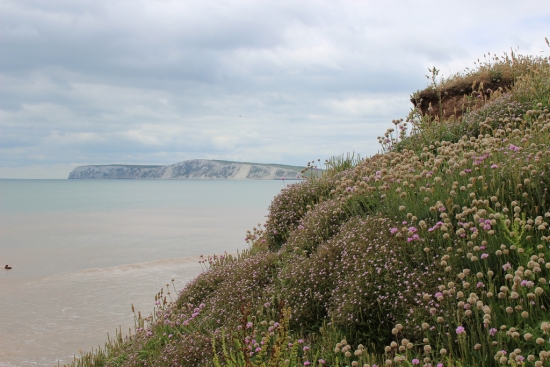A report by Natural England suggests investment in the environment offers excellent value for money.
Natural England’s report, Microeconomic Evidence for the Benefits of Investment in the Environment (MEBIE 2), an update of its hugely popular 2012 report on the same topic, ‘assesses the evidence across a wide range of themes, including economic growth, health, social cohesion and resilience to climate change’, evidence that meets national government standards for decision making.
The interdependence between the natural environment and the economy is often taken for granted or not fully understood, says Natural England’s executive director for science Andrew Wood. The MEBIE 2 report, which will be of particular interest to those involved in land use planning or management, sheds light on this relationship, he adds, ‘and I hope will encourage local decision makers to take full advantage of what this connection can offer for people and wildlife alike’.
According to Natural England, its report demonstrates that the natural environment provides physical health benefits, improves air quality, regulates noise and temperature and reduces the impact of extreme weather.
It suggests that air pollution is estimated to kill over twice as many people in the UK as drug and alcohol misuse; that trees, greenery and green roofs and walls all reduce air pollution, and that a hectare of green roof can remove 85kg of air pollutants in a year.
The report also states that: ‘pleasant natural environments’ reduce stress and restore people’s ability to concentrate, as well as providing attractive locations for walking and cycling; and that associated improved physical and mental health outcomes increase productivity and reduce healthcare costs – given that economic and social costs of mental illness in England were estimated at £105.2 billion in 2009/10.
‘British residents who moved to greener areas were shown to have sustained mental health improvements,’ the report notes, and investment in nature can, in some contexts, offer better value for public investment than ‘hard engineering’, by providing services such as water filtration, water quality and flood defences.
In addition, the report notes that the restoration of some natural habitats, such as forests, peat bogs and saltmarsh, can remove significant amounts of carbon from the atmosphere and help to make both cities and the countryside more resilient to climate change.
‘Trees and vegetation provide shelter from cold winds (reducing heating requirements), cool the air in summer through shade and transpiration and reduce the risk of local flooding by helping water infiltrate the ground.’
A single large tree can transpire 450 litres of water a day, says Natural England, making urban trees an effective way of reducing temperatures. ‘Street trees and green roofs have been shown to reduce runoff by around 50% in the immediate area and forested catchments have fewer extreme flood events.’
Visits to the natural environment are important to people’s leisure time and to the tourist and recreation economy, it adds, ‘and a survey of real estate developers and consultants found that 95% of respondents believe open space adds value to commercial property and would be willing to pay at least 3% more to be in close proximity to open space’.




